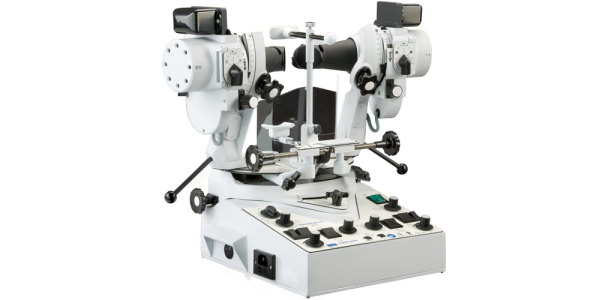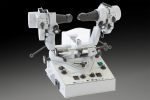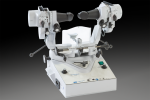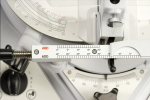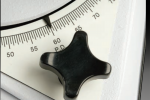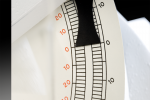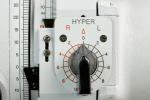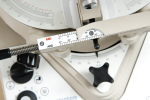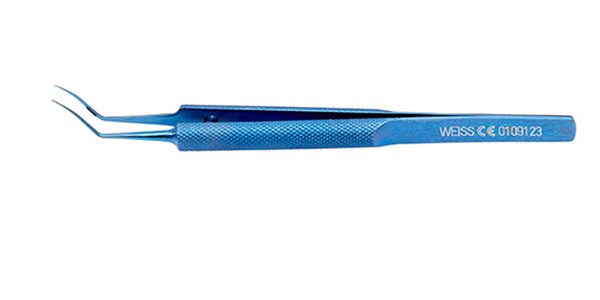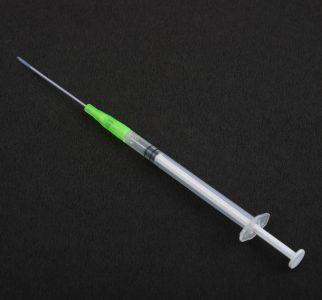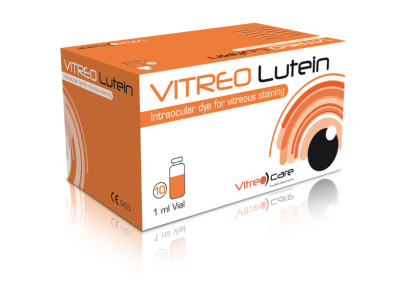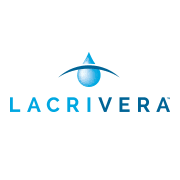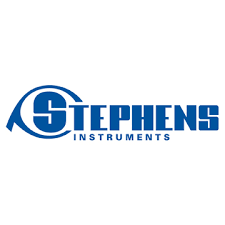Product Description
For generations, the Clement Clarke Synoptophore has been the standard instrument of choice for the busy Orthoptic clinic. It is ideal for the assessment and treatment of ocular motility disorders by reliably performing the most comprehensive binocular vision assessment available today.
Comprehensive measurements
All of the Synoptophore models allow standard measurements and treatments. They enable the assessment of simultaneous perception, fusional amplitudes and gross stereopsis even in the presence of abnormal retinal correspondence, or horizontal, vertical and torsional ocular misalignment.
Simultaneous perception
First grade of BSV, Simultaneous Perception (SP) is easily assessed using two dissimilar images and adjusting the controls of the Synoptophore until the images are superimposed or one image is suppressed.
Fusional amplitudes
The second grade of BSV, Sensory (SF) and Motor Fusion (MF) is measured using two similar images with incomplete controls. The eyepieces of the Synoptophore are then converged and diverged until either control disappears or the image splits into two.
Stereopsis (disparity sensitivity)
The third grade of Binocular Single Vision (BSV), Stereopsis, can grossly be quantified using two disparate images to indicate depth perception and provide a stereoacuity value.
Cyclotorsion (Circumducton)
Complex binocular vision anomalies, such as cranial nerve palsies can be fully-assessed using the ambidextrous controls of the Synoptophore. It will establish binocular potential in the presence of horizontal, vertical and torsional components.
The most comprehensive binocular vision assessment available today
All Clement Clarke Synoptophore models allow standard measurements and treatments. They enable the assessment of simultaneous perception, fusional amplitudes and gross stereopsis in all positions of gaze.







